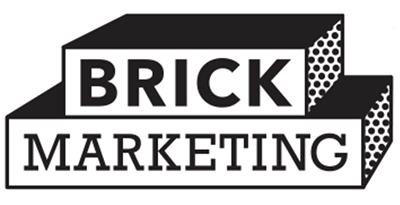
In the fast-paced digital landscape, where attention spans are short and competition is fierce, a well-designed landing page can be the difference between success and failure for your business. Whether you’re aiming to generate leads, drive sales, or increase brand awareness, a good landing page serves as a crucial touchpoint in your marketing strategy. But what exactly makes a landing page effective? Let’s dive in.
1. Clear Objective:
Every successful landing page starts with a clear objective. Before you even begin designing, ask yourself: What action do I want visitors to take? Whether it’s making a purchase, signing up for a newsletter, or downloading a resource, your objective should be front and centre.
2. Compelling Headline:
Your headline is the first thing visitors see, and it should immediately communicate the value proposition or benefit of your offer. Keep it concise, engaging, and aligned with the visitor’s intent.
3. Strong Call-to-Action (CTA):
A prominent, action-oriented CTA is essential for guiding visitors towards your goal. Make it visually distinct, use compelling language, and ensure it’s placed strategically on the page.
4. Clean Design:
Cluttered or overly complex designs can overwhelm visitors and distract them from your message. Aim for a clean, visually appealing layout with ample whitespace, clear typography, and high-quality imagery or visuals that support your content.
5. Responsive and Fast:
With the majority of web traffic coming from mobile devices, it’s crucial that your landing page is optimised for all screen sizes. Additionally, ensure fast loading times to prevent visitors from bouncing before they even see your content.
6. Relevant and Persuasive Content:
Your landing page copy should be concise, persuasive, and focused on addressing the visitor’s needs or pain points. Use bullet points, subheadings, and visual hierarchy to make it easy to scan and digest.
7. Social Proof:
Including testimonials, reviews, or social proof can help build trust and credibility with your audience. Highlight positive experiences from satisfied customers to reassure visitors that they’re making the right decision.
8. A/B Testing and Optimisation:
Don’t settle for the first iteration of your landing page. Continuously test different elements such as headlines, CTAs, and imagery to identify what resonates best with your audience and optimise accordingly.
9. Clear Navigation:
While a landing page is designed to focus attention on a specific offer or action, it’s still important to provide easy access to essential navigation links such as your homepage, contact page, or product/service pages.
10. Analytics and Tracking:
Implementing analytics tools such as Google Analytics allows you to track visitor behaviour, measure conversion rates, and gain valuable insights into how users interact with your landing page. Use this data to make informed decisions and further refine your approach.
A good landing page is one that effectively communicates your message, engages visitors, and drives them towards your desired action. By following these principles and continuously refining your approach based on data and feedback, you can create landing pages that not only attract attention but also deliver tangible results for your business.
If you are looking for help or advice on landing pages, get in contact with us at natalie@brick-marketing.com

Recent Comments